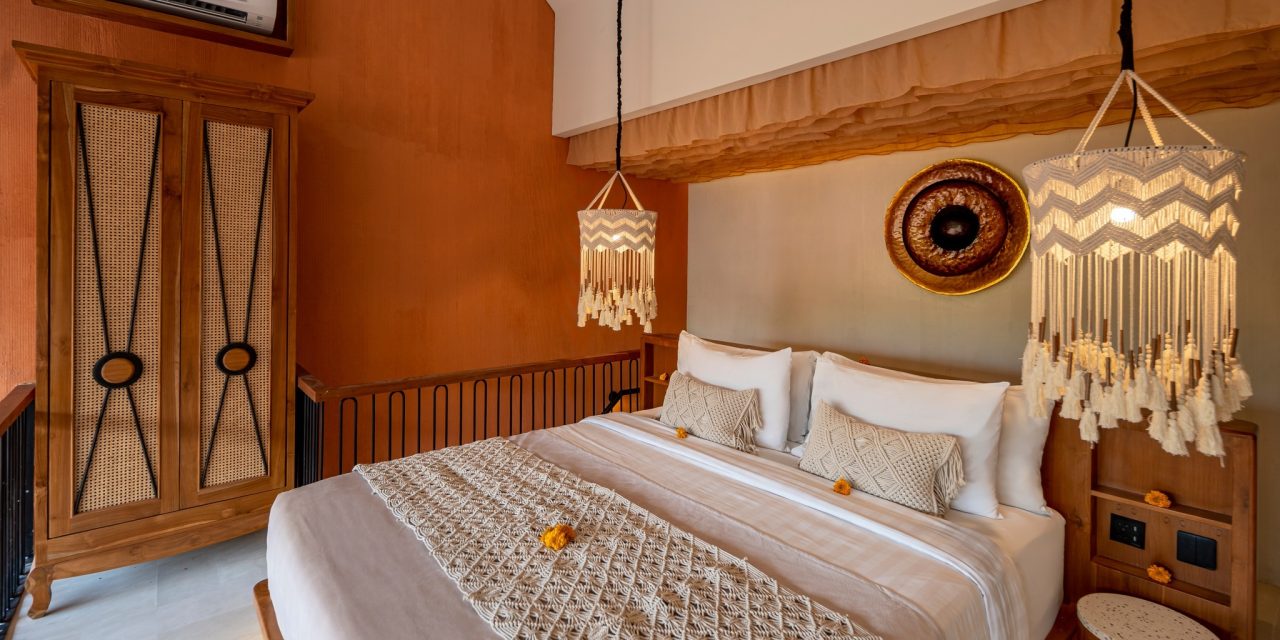Ubud is not just the artistic heart of Bali; it’s a vibrant tapestry of culture, tradition, and local markets that burst with colors, sounds, and aromas. Nestled amid lush rice paddies and stunning landscapes, Ubud’s local markets offer more than just goods; they deliver an experience that connects you with the essence of Balinese life. In this article, I’ll share some tips on how to navigate Ubud’s markets and include some personal anecdotes to paint a picture of what you can expect.
Exploring Ubud’s Markets
As I wandered into the Ubud Market for the first time, I was immediately swept away by the whirlpool of activity around me. Vendors called out to passing tourists and locals alike, hawking everything from handwoven baskets to colorful sarongs and intricate wooden carvings. The market is a feast for the senses: the smell of freshly ground spices mingled with the sweet scent of tropical fruits, while vibrant colors beckon from every stall.
The Ubud Art Market
One of the must-visit spots is the Ubud Art Market, or Pasar Seni Ubud. Open daily, this market is the perfect place to pick up souvenirs, home décor, or perhaps that unique piece of art that will remind you of your time in Bali.
I recall the excitement I felt while browsing a stall filled with paintings. A talented local artist displayed vibrant renditions of Balinese life, and after a bit of friendly haggling (a key part of the shopping experience), I walked away with a beautiful piece that still hangs in my living room today. Don’t hesitate to ask questions about the artwork or the artisan; you might just learn something fascinating about Balinese culture.
The Traditional Ubud Market
Just a short stroll away is the Traditional Ubud Market where you can find fresh produce, spices, and traditional Balinese offerings called canang sari. This market is less about souvenirs and more about immersing yourself in the local lifestyle.
On a particularly memorable morning, I decided to join some locals in purchasing ingredients for a traditional Balinese meal. Surrounded by the sounds of chatter and laughter, I picked out the freshest coconuts and an assortment of colorful chili peppers, while the vendor shared his secret recipe for making a delicious sambal. Conversations flowed, and I found myself feeling like part of the community rather than just an observer.
How to Get There
Getting to Ubud and the local markets is relatively easy, no matter where you’re coming from in Bali. Here are a few practical tips:
From Denpasar Airport
If you’re arriving at Ngurah Rai International Airport (Denpasar), the quickest way to get to Ubud is by taxi. Most taxis and shuttle services will take about 1 to 1.5 hours. If you’re looking to save some money, consider arranging a pickup in advance with your hotel, which may offer competitive rates.
Local Transportation
Once in Ubud, it’s incredibly easy to navigate. If you’re up for an adventure, rent a scooter—it’s a popular option among tourists and locals. Alternatively, the local “bemo” (small public minibus) or an ojek (motorcycle taxi) will get you around with ease.
Walking
If you’re staying in central Ubud, many attractions, including the markets, are within walking distance. I fondly remember my morning walks to the markets, taking in the serene rice paddies and greeting the friendly locals. Walking is not just a way to get around; it’s an opportunity to soak in the local atmosphere and discover little hidden gems along the way.
What to Buy
Navigating Ubud’s markets brings you face to face with a plethora of local crafts and delicious foods. Here are some must-try items:
– Handcrafted Jewelry: Look for silver jewelry from local artisans. It’s a beautiful way to commemorate your visit.
– Balinese Coffee: Don’t leave without trying ‘kopi luwak’; just be prepared for the price tag because it’s considered a delicacy.
– Natural Spices: You can find a vast array of spices that are essential for any Balinese dish. Stock up on saffron and lemongrass for your culinary adventures at home.
Personal Tips for Market Joy
1. Bargaining: It’s part of the experience! Start at about half the asking price and negotiate with a smile. Most sellers expect it and enjoy the playful back-and-forth.
2. Timing Your Visit: Early mornings are the best time to visit the markets. The atmosphere is lively, and you can avoid the crowds that build as the day progresses.
3. Stay Hydrated: Bali can get hot and humid. Always have a water bottle handy, especially if you’re planning on exploring multiple markets in a day.
Final Thought
Ubud’s local markets are a celebration of the culture and creativity that define this beautiful corner of the world. Whether you’re hunting for the perfect souvenir or simply looking to immerse yourself in local life, these markets provide an authentic glimpse into Balinese traditions. So, grab your bag, a few thousands Indonesian rupiah, and get ready for an adventure that engages all your senses. Happy shopping!






